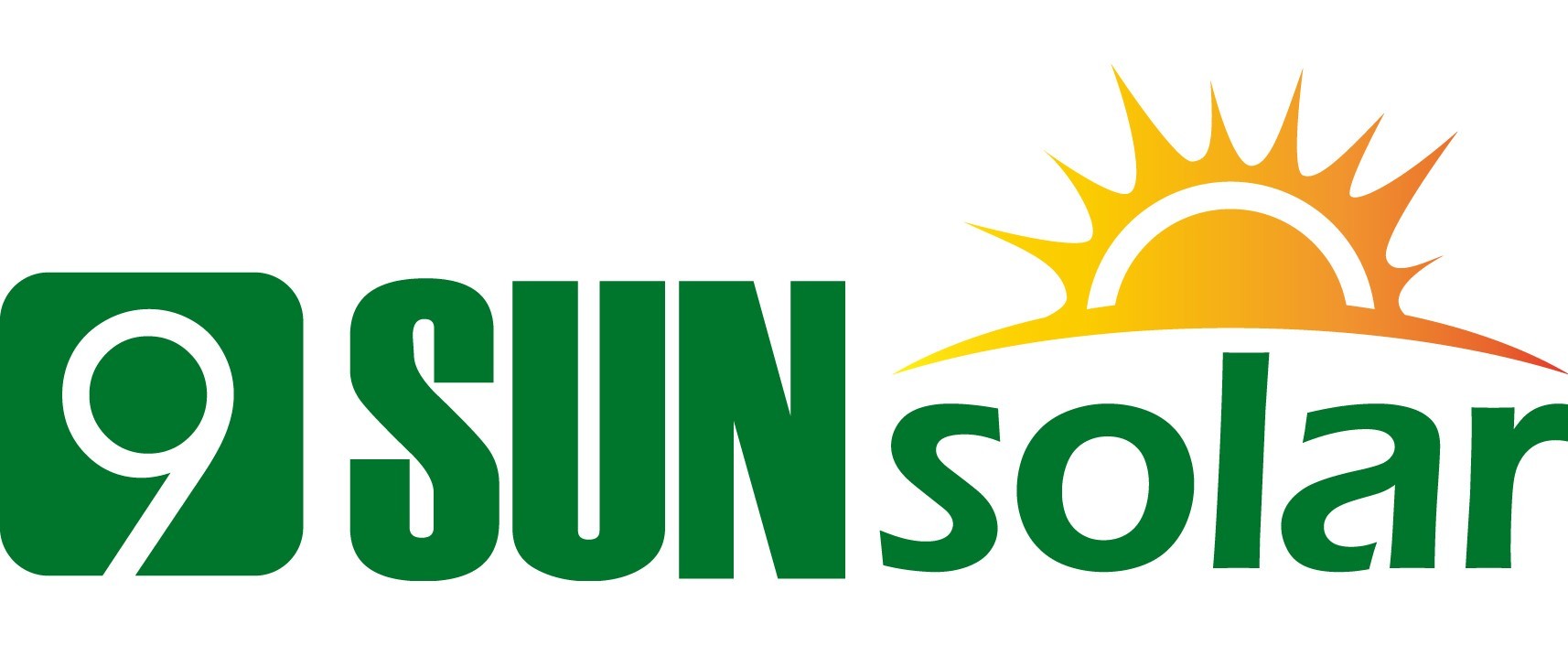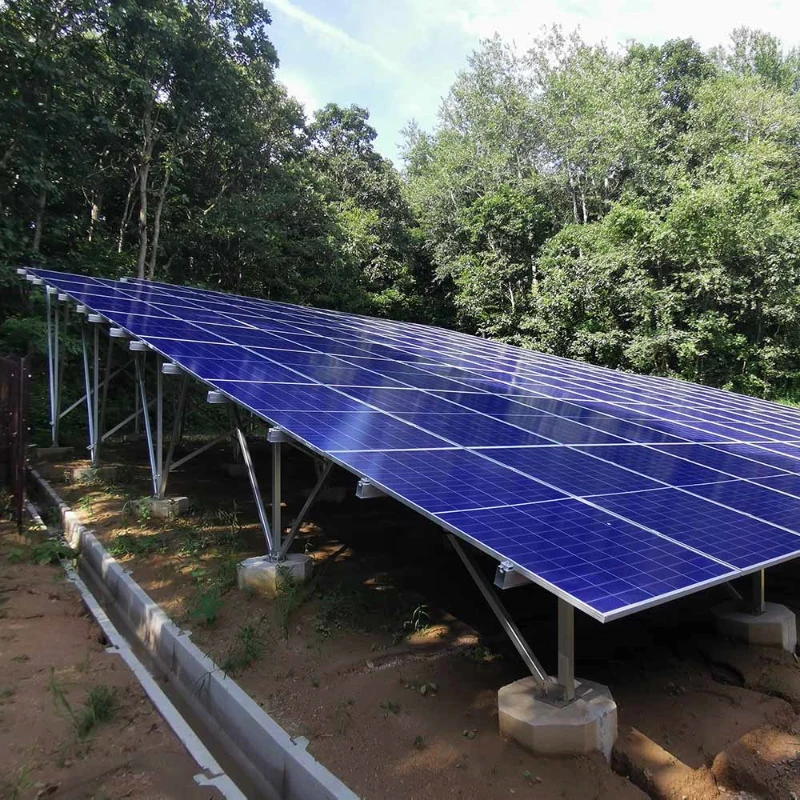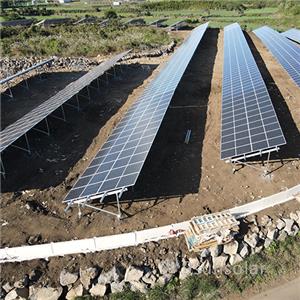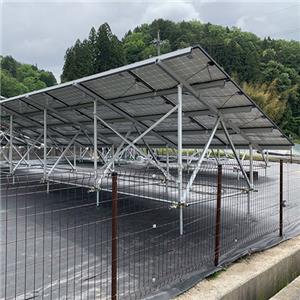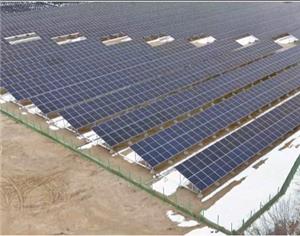The new blue ocean of photovoltaic under the thinking of "consumer goods"
With the official launch of HPBC and ABC based on IBC battery technology route of Longi Green Energy and Aixu Shares, superposing the full outbreak of household photovoltaic market, the photovoltaic industry "consumer goods" era quietly approaching. This not only means the increase of the added value of products, but also will reshape the market value of enterprises. More importantly, with the support of technical barriers, IBC's market competition is relatively mild, which provides a guarantee for enterprises to have long-term excess profits.
A full-blown | policy using drive in market
Since 2021, the global residential PV market has exploded in an all-round way. According to public data, by the end of 2021, the cumulative installed capacity of distributed PV in Europe has reached 106GW, accounting for 65% of the total installed capacity. Among them, the cumulative installed capacity of household photovoltaic is 41GW, accounting for 25%. In the first half of 2022, China installed 19.65GW of new distributed PV installations, up 157% year on year, accounting for a record 64%. Among them, the newly installed photovoltaic installations for household use reached 8.91GW, accounting for 29%.
It is worth mentioning that, as one of the three largest economies in the world, the European market will usher in explosive growth in the next few years with the launch of the European Union's "REPowerEU" energy plan and the development of the "digital energy system" plan. According to the European Union's plan, the cumulative installed photovoltaic capacity will reach more than 320GW in 2025, while the cumulative installed capacity of the European Union will only be 165GW by 2021. Based on the calculation of 25% of household PV, the compound growth rate from 2022 to 2025 will reach 18%, with an average annual increase of 38.75GW.
Outside of Europe, the US market is poised for a full recovery with the introduction of the Inflation Reduction Act of 2022 and President Biden's temporary exemption from all anti-dumping or countervailing duties on solar cells and modules assembled in four Southeast Asian countries using Chinese-made components. According to Bloomberg New Energy, the US household photovoltaic market size is as high as 454GW.
| power enterprise value revaluation "consumer goods" attribute
The rise of the household photovoltaic market has also brought about changes in user demand. Compared with the rational decision of the centralized market, the household market is more emotional, and IRR is not the only decision factor. In particular, compared with price-sensitive low-income groups, middle and high-end user groups pay more attention to life quality and are more sensitive to high-quality, personalized products or services that can show their identity and status in consumption decision-making, and are willing to pay a higher premium for them.
She Haifeng, vice president of Longi Green Energy, said at the recent new product launch conference that the company's product team has researched thousands of end users in the past two years and found that users have been waiting for an "all-purpose" photovoltaic product that combines efficiency, safety and beauty.
It can be seen that in the household market, the "industrial product" attribute of photovoltaic products is gradually weakened, while the consumer product attribute is increasingly prominent. As we all know, consumer goods, with the support of brand, design, IP and other attributes, can generate a higher premium compared with industrial products, and the market value of enterprises is also higher.
Take the "appearance level economy" that has emerged in the small home appliance industry in recent years as an example. Enterprises such as Xiao Xiong Electric Appliance and Joyang Co., Ltd. have perfectly integrated their products without technical differentiation, such as cooking machines and electric wok, with aesthetic design. By catering to the aesthetic needs of target customers, they have gained a higher product premium. On the contrary, Gree Electric Appliances, which attaches great importance to product performance, is lukewarm in the field of small household appliances.
Specific to the photovoltaic industry, Hengdian Dongmagneto based on PERC technology launched the "black module", in some Nordic countries are very popular, the company has said in the investor exchange, compared with the ordinary PERC module, the "black module" per watt profit is higher. According to an exchange note of Aixu shares circulated on many financial platforms, the price of ABC systems of the company's partners is 2-3 times that of ordinary products.
The addition of consumer goods attributes, in addition to the product market can obtain excess profits, in the financial market can also obtain a higher valuation level. Taking mature industries as an example, Choice data shows that as of the close of trading on November 4, the rolling price-to-earnings ratio of the home appliance industry and brewing industry was 24 times and 33 times respectively, while the coal industry and cement building materials industry were only 8 times and 11 times.
| appearance level and efficiency of mold product differentiation competitive advantage
Although Hengdian Donghe and other enterprises have already understood the "aesthetic" demand of the household market, but due to the limitations of PERC battery technology, the superimposed centralized market has occupied the mainstream position for a long time, and the "black component" has not caused waves. Hengdian Dongmagnetic has said that "black components" due to production process and other problems, resulting in significantly lower power components than ordinary components. However, with the increasingly mature IBC battery technology with higher photoelectric conversion efficiency, photovoltaic products also have the basic conditions to transform from "industrial products" to "consumer goods".
The data show that IBC is a kind of back-bonded back-contact photovoltaic cell structure, which adopts SiNx/SiOx double-layer anti-inverse passivation film on the front side, without metal gate line. The emitter, the back field and the corresponding positive and negative metal electrodes are integrated on the back of the battery in the shape of a fork finger. Since there is no gate line in the front, it can maximize the use of incident light, increase the effective luminous area and reduce optical loss.
Benefiting from the aesthetic appearance of the front without metal grid lines, IBC can help enterprises to meet the needs of different segments through product design and brand positioning. For example, the latest "Hi-MO 6" series products released by Longi Green Energy have launched three aesthetic styles of obsidian, full star and neon color for different architectural styles, and formed a unique product matrix for consumer enterprises.
At the same time, the IBC's photoelectric conversion efficiency is also higher. Data show that the theoretical conversion efficiency limit of IBC is 29.1%, which is higher than the 28.7% and 28.5% of TOPCon and HJT. According to the data disclosed by Longi Green Energy and Aixu shares, HPBC's mass production conversion efficiency has exceeded 25%, while ABC is as high as 26.2%.
To construct economic moat | technical barriers
At present, IBC has a significant competitive advantage of product differentiation, but for a long time, due to the significant homogeneity of photovoltaic products, the company's super profit often comes from the first-mover advantage under technological change, so the competitive advantage of product differentiation cannot be maintained for a long time.
For example, from 2015 to 2017, when PERC battery technology was just emerging, Tongwei became the dominant battery company through the acquisition of Hefei Saiwei. The gross profit rate of battery business once reached 20% at the highest, but with the change of supply and demand structure, the gross profit rate gradually declined.
But IBC, with its sophisticated manufacturing processes, promises a significant economic moat. At present, only MAXN (TCL Central), Longi Green Energy and Aixu have achieved large-scale production in the industry. According to the data disclosed by Aixu, the yield of ABC is only over 95% at present, while TOPCon and HJT have all exceeded 98%, which shows the high production difficulty.
In the online investor communication meeting recently held by Hengdian Dongmagneto, the company said that it had planned to ship part of the IBC in the fourth quarter of next year, but the yield of the batch trial production is difficult to control at present, and the mass production is expected to be delayed. On the investor interactive platform, Zhonglai said that the company's IBC products are delivered in small batches, but the cost is high, so it decided to combine TOPCon and IBC to study TBC technology.
Among the leading companies, Tongwei is still in the experimental stage. Although the first batch of IBC batteries has been officially rolled off the production line in July this year, the production line is still being optimized. Although Trina solar energy has broken the conversion efficiency of IBC laboratory several times, it has not yet achieved large-scale production.
It can be seen that compared with TOPCon and HJT's "crowded" market, IBC's market competition is more moderate, which is conducive to improving the bargaining power of enterprises and then obtaining excess profits.
